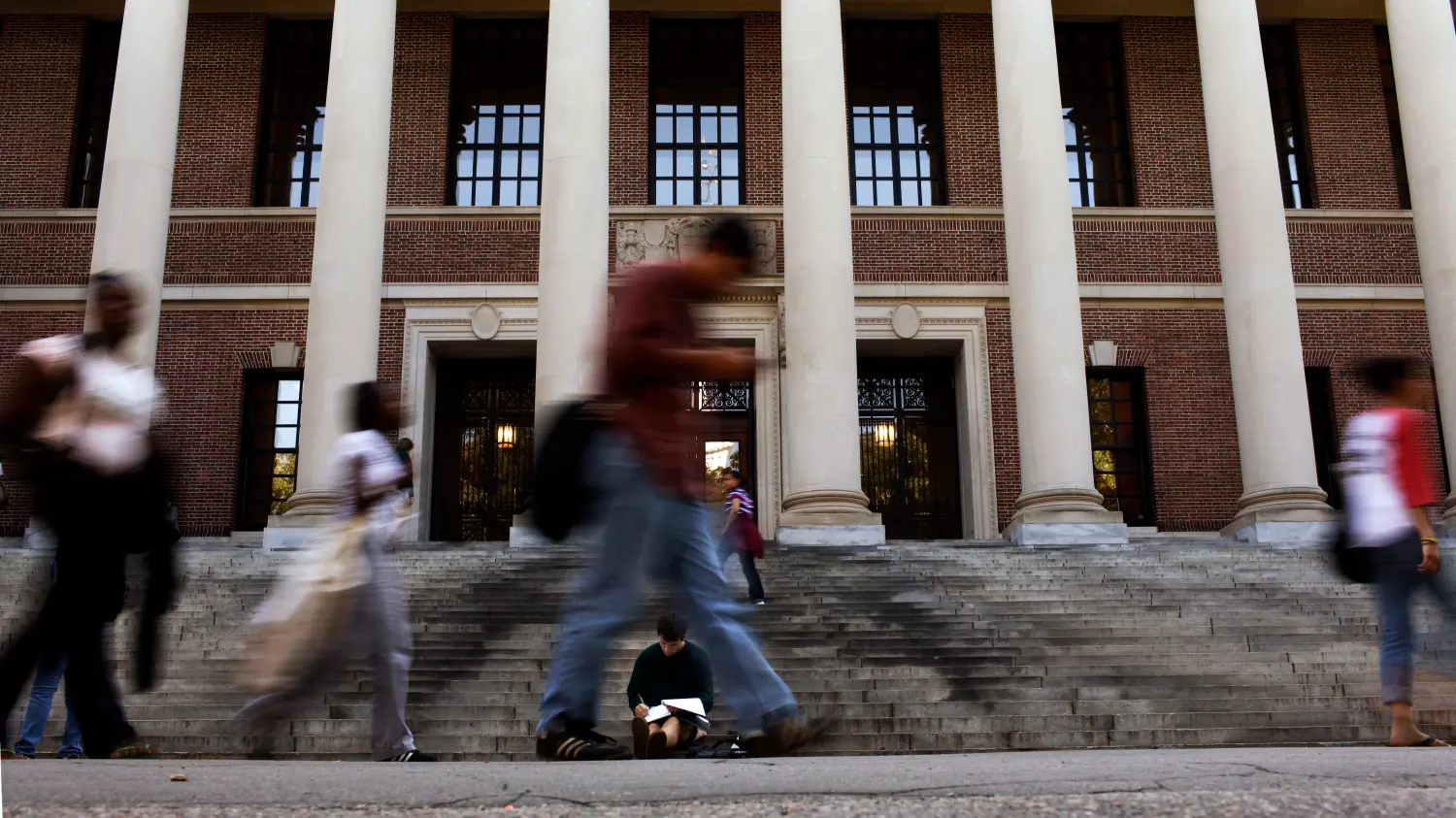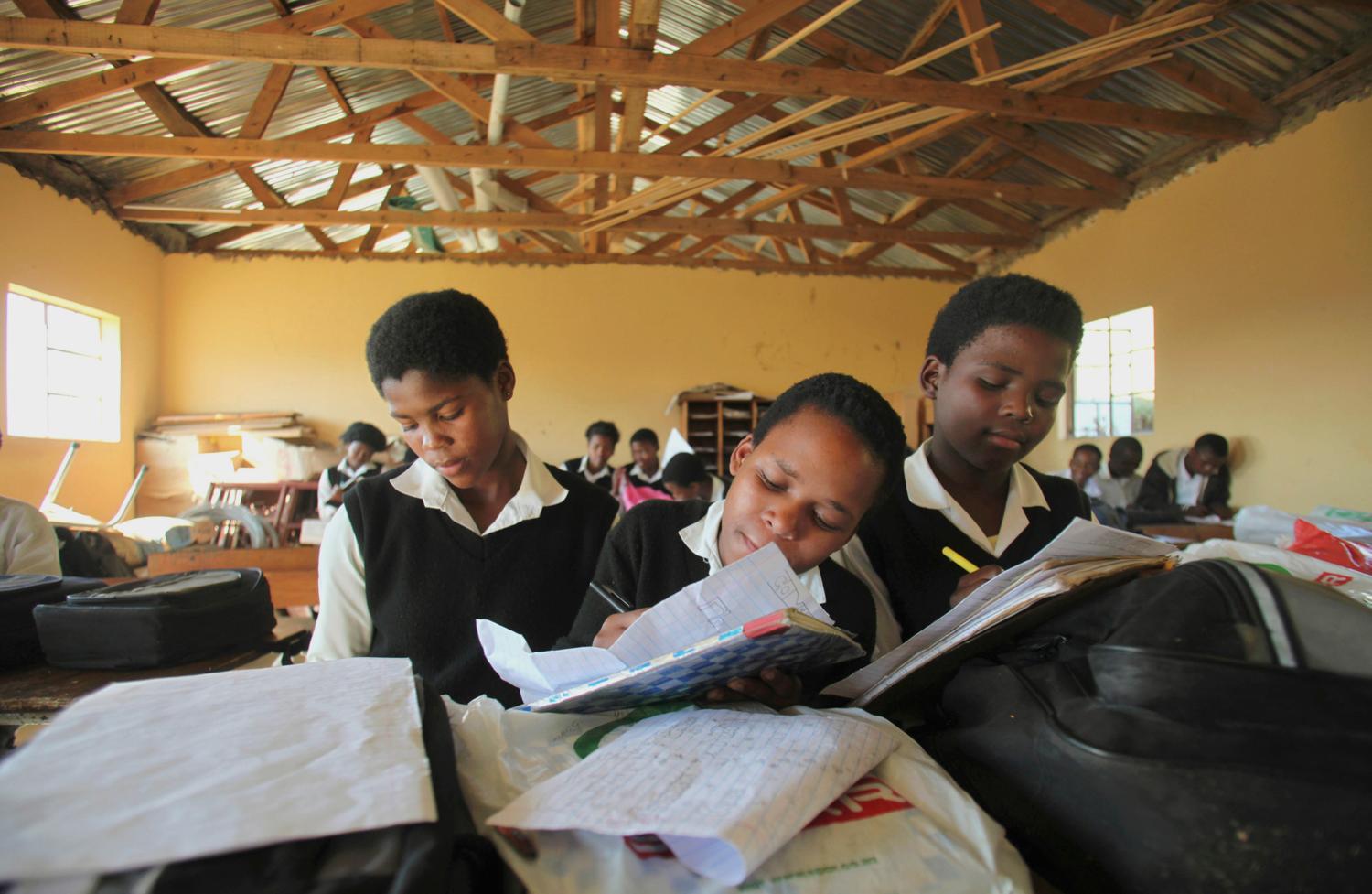A great deal of attention has been paid to the issue of rising costs in higher education. A variety of explanations are in the public discourse, but the media often mentions luxurious campus amenities as a major culprit. Climbing walls, spending on athletic facilities and luxurious housing have all been offered as explanation for the rapid increases in tuition. Despite all of the discussion on this topic, a couple key points remain unclear. First, what do we know about trends in non-instruction spending on college campuses? Second, how should we think about amenities in higher education?
Thanks to the initiative led by the Delta Cost Project, data on spending are now available to help answer these questions. A report released in December by the American Institutes for Research explains that over the past decade the average share of spending on instruction across all institutions has declined. They also find that in 2010, the most recent year for which data is available, all types of institutions cut spending on activities that support academics. While the shift of resources away from instruction has not been dramatic, it does seem that spending patterns reflect changing priorities. However, the magnitudes identified in the report suggest that increases in spending account for a relatively small fraction of tuition inflation. Between the years 2000 and 2010 the average annual tuition for private bachelors degree programs increased by $8,290[i] (approximately 30 percent). During that same period spending per full-time student student on all core activities (including instructional and non-instructional) increased by only $2316[ii] (approximately 11 percent).
Much of the discussion on higher education policy is focused on broadening access. With this as a backdrop, it is not surprising that spending on amenities at college campuses generates negative feelings. However, it is important to recognize that there is nothing inherently wrong with bundling amenities and instructional services.
It is useful to rely on the basic theory of human capital as framework for thinking about this issue. In the most basic form of the model individuals enroll in schooling for the sole purpose of increasing their ability to be productive in the future. Individuals are willing to pay the price of enrollment only if the expected wage increase that accompanies the increase in productivity outweighs the initial cost. In this sense, dollars spent on enrollment are strictly a financial investment.
This overly stylistic way of thinking about education is useful because it makes clear that the popular conception of higher education is comprised of two things; consumption and investment. The elements of a college experience that enhance future earnings (i.e. classroom instruction) make up the investment component. These activities increase the student’s future earning capacity. Elements such as residence halls, dining plans and recreational activities are consumption; they contribute to a student’s well being while they are enrolled, but do not directly increase productivity, or earnings, later in life. This framework does not rule out the possibility that some activities provide both present enjoyment and increased wages in the future. In practice, most activities have elements of both investment and consumption. With this understanding in place, we can consider the reasons for concern about consumption in higher education.
The human capital model provides an instructive tool for thinking about this problem, but it very far from the way most students and families think about college. Ideally, we would allow students and their parents to choose a college with the precise level of investment value that they desire. However, it may be that they aren’t able to recognize how much of their spending will yield a financial return. An NBER working paper released last week found that most students value amenities and are willing to pay for them. Only a small fraction of students, those who are very high-achieving, seem to place value on instruction. The analysis also confirms that colleges respond to this preference by increasing spending on amenities. This result may reflect that students and parents have a rational preference for maintaining high levels of consumption during college. Alternatively, it may be that students are unclear about the tradeoffs they are making when choosing a college.
Fortunately, the solution to this challenge is straightforward. We can ensure that students make decisions that are in their best interest by making information about the investment value of various degrees available to them as they shop for college. In practice, this means that students should know about the outcomes previous graduates have faced (rate of employment, earnings, etc.). If students are armed with this information before choosing a college then we can be sure their choices reflect preferences rather than confusion over what they are buying.
A second reason to be concerned about this issue is government subsidies. Student aid programs (Pell grant and Stafford loans) base award amount on cost of attendance. This means that students attending schools with lots of amenities will receive more aid than students attending schools with similar instructional value but fewer amenities. This effect is mitigated by caps on award amounts in both programs, but it still creates bad incentives for both students and colleges. While we don’t want to restrict a student from purchasing a “Cadillac” college degree, we certainly don’t want the government to subsidize it. The simplest way to eliminate this bad incentive is to revise aid award formulas to ignore cost of attendance. Instead, aid awards could be based on average cost within the relevant set of comparable institutions (i.e. community college, four-year, etc.).
As the reauthorization of the Higher Education Act grows closer, it’s important for these points to remain part of the discussion. Policy makers should recognize that spending on non-instructional activities is not entirely to blame for the rising cost of higher education. However, the reality that amenities are often bundled with instructional services should inform policy making in the areas of aid determination and transparency in student outcomes.
[i] Author’s calculation based on 2012 Digest of Education Statistics, 2010 dollars adjusted with annual CPI
[ii] Author’s calculation based on figures reported here: http://www.deltacostproject.org/resources/pdf/Delta-Spending-Trends-Production.pdf.
The Brookings Institution is committed to quality, independence, and impact.
We are supported by a diverse array of funders. In line with our values and policies, each Brookings publication represents the sole views of its author(s).





